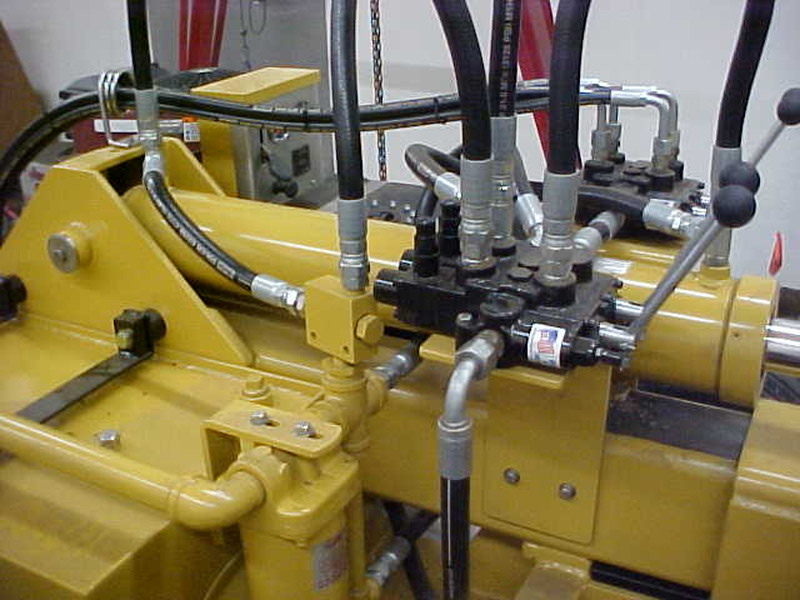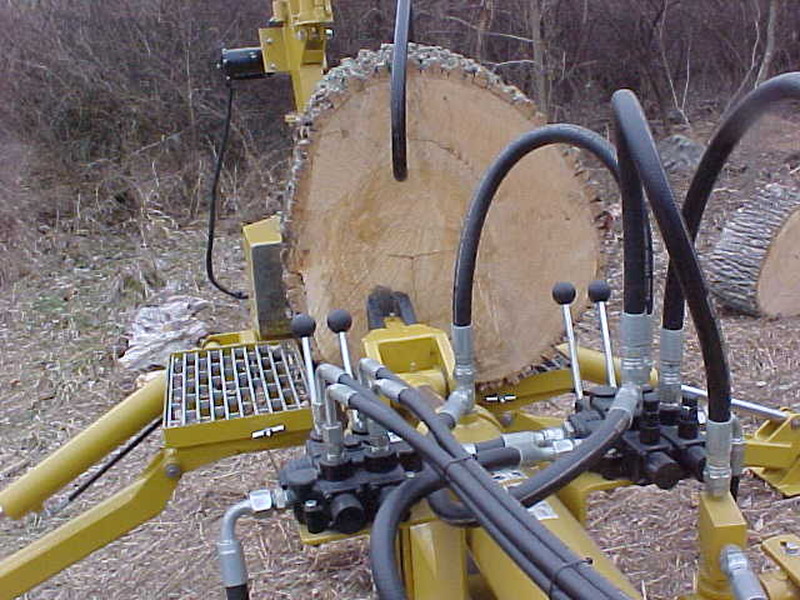papossefan
ArboristSite Operative
Ok, at the risk of asking a stupid question, here it goes. I have been thinking about building a new splitter. The most important thing to me is that it has the fastest cycle time I can get. I really like the simple design of the iron & oak 20 ton fast cycle splitter so I will probably be modeling mine after this. My question is, What really makes this splitter cycle faster? In my mind, the faster you can get the oil into and back out of the cylinder the faster your cycle time will be. Is this line of thinking correct? I know they are using a 16gpm pump and a 4x24x1.75 cylinder. I also can get a valve with 3/4" ports which should help but all of the cylinders I look at have the same 1/2" ports. So I am left wondering is it worth using a valve with larger ports and bigger lines etc. if my flow will be limited to the 1/2" ports on the cylinder anyway?
Thanks in advance for any advice on this topic.
Ryan
Thanks in advance for any advice on this topic.
Ryan








